In addition to the common name of dragon, there is also a Sino-Vietnamese name of Long and a name according to the Can Chi table of dragons as Thin. There are five types of Thin according to the Can Chi table. They are Giap Thin, Binh Thin, Mau Thin, Canh Thin, Nham Thin. From the dragon prototype, the daily life and language of Vietnamese people also give rise to other names such as: giao long, thuong luong, all of which are imaginary animals.
Observing from the external appearance, we can see that the dragon is the result of synthesizing the characteristics of two animals, the crocodile and the snake. The dragon resembles the crocodile in its special parts such as the head, scales, legs, and resembles the snake in its long body. The dragon is born underwater but can fly into the sky. It can fly into the sky without needing wings. The dragon's mouth can both spray water and fire. However, the Vietnamese people's consciousness often associates the dragon with spraying water to make rain. This is shown through two typical fairy tales: The Legend of Ba Be Lake and The Legend of Muc Lagoon .
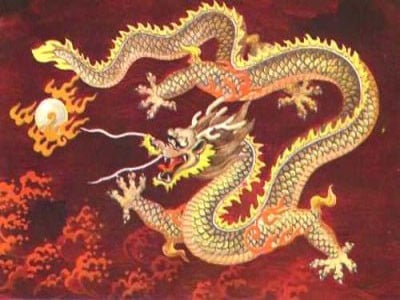
Illustration
Mentioning the dragon is mentioning the animal with the most majestic and fierce style among all the animals of the zodiac. The dragon therefore symbolizes strength and domination, so it is often associated with the king. In the Sino-Vietnamese vocabulary system, a whole class of words has been formed to refer to the furniture and items that the king uses every day or that belong to the king, all of which have the word "long" (dragon) participating: long robe, long bed, long xa, long gia, long nhan, dragon boat... The god who makes rain is called long vuong. The word long also has the meaning associated with good things, happiness and development. That is the basis for the formation of a series of words such as: long mach, long mon, long phuong, long van, long van (dragon cloud association).
In the feng shui of building houses or temples, people often decorate and carve dragons and tigers, and there are familiar idioms: Left green dragon, right white tiger, two dragons facing the moon, two dragons fighting for a pearl. Many famous places in Vietnam are named with the word Long (Dragon): Ham Rong, Ham Long, Thang Long, Ha Long, Cuu Long, Bach Long Vi, Long Do, Long Dien... Dragons are also sometimes compared to characters with extraordinary and special abilities.
The Vietnamese are proud to be descendants of dragons and fairies, associated with the legendary story of Lac Long Quan and Au Co. The dragon has also entered many Vietnamese idioms, proverbs, and folk songs with different symbolic meanings, most of which are associated with good things: Dragon flies, phoenix dances, Dragon comes to shrimp house, One day leaning on the side of a dragon boat/ Is better than nine lifetimes sitting in a fishing boat, Carp turns into a dragon, Fish meets water, Dragon meets clouds, With good fortune, bamboo turns into a dragon, Water flows in the heart like a dragon rolling in water. There are also times when the dragon loses its power, falls into difficult circumstances, unsuitable and incompatible with the noble position it deserves: The dragon loses its power and turns into a snake, The golden dragon bathes in stagnant pond water.
In the history of Vietnamese feudal dynasties, the image of the dragon has changed over time, imprinting the style or ideology of the ruler. The dragon of the Ly Dynasty had gentle, simple curves in its shape: long, curved body and scales. During the Tran Dynasty, the dragon began to change its shape, develop diversely, each place had certain differences. The body of the dragon of the Tran Dynasty was plumper and stronger, the trunk was shorter, the horns were more diverse, the mane had two types of short strips down to the nape, more scales, and the claws were shorter and larger.
During the early Le Dynasty, the dragon's trunk was replaced by a carnivorous nose, the dragon's face looked more ferocious, with eyebrows and a thick beard, a large, strong body combined with clouds of fire, the power and authority of the emperor was shown through the image of a 5-clawed dragon. Many people think that the dragon of the early Le Dynasty was very similar to the dragon of the Ming Dynasty, but in fact, the dragon of the early Le Dynasty had softer scales and tails, the mane was often split on both sides, and there was a very typical pose of one front leg holding the beard.
Dragons of the Mac Dynasty had two-pronged horns on their heads, two bulging eyes, a lion's nose, a beast's mouth protruding forward, and their legs often had four claws.
During the Le Trung Hung period, this was a period of many changes and also the longest in the history of Vietnamese feudalism. With the flourishing of many temple architectures, the image of the dragon also developed very richly, in which the most prominent were the beard, mane, and fire clouds all stretched out and sharp. The dragon's head was no longer split into rows but divided into equal strips, the eyebrows, beard and elbow hair were flared, and the two mustaches were curved. By the Canh Hung period, near the middle of the 18th century, the dragon with a swirling tail appeared, the dragon's body was thinner and this shape was said to appear earliest on royal decrees.
Until the last feudal dynasty of Vietnam, the Nguyen Dynasty, the dragon image basically inherited the dragon image of the Le Trung Hung period, developing more stepped dragons, the curves were no longer regular but only curved into two smaller segments towards the tail, the dragon's forehead was somewhat more concave and paled towards the back, the dragon's tail stretched out with sparse feathers, sometimes sharp and bristling.
Of all the dragon images from the feudal period, perhaps the most special is the statue of a dragon biting its body and tearing its legs apart, 79cm high, 136cm wide, 103cm long, and weighing 3 tons, found in 1991 when local people were renovating the temple of Grand Tutor Le Van Thinh in the south of Thien Thai mountain, Bao Thap village, Gia Binh district, Bac Ninh province. The statue shows a vivid, painful, writhing, sorrowful, and extremely indignant state.
Many art researchers believe that the author of this statue wanted to express the unjust pain of Grand Tutor Le Van Thinh when he was falsely accused of turning into a tiger to kill the king. But the message of the work is probably even greater than that. The dragon is the ultimate symbol of a wise king, if the dragon bites its own body, how can it fly up? That is like being a king without being wise, but allowing unjust cases to occur, especially for talented and virtuous scholars, that is the source of much suffering and self-destruction.
Unlike the East, dragons in many Western countries appear as a symbol of evil and close to the devil. Dragons are often associated with the task of guarding hidden treasures, and must be defeated to enter the treasure.
Meanwhile, the dragon for Vietnam has always been a symbol of taking off, starting from the dream of King Ly Thai To seeing a golden dragon flying in the blue sky, so he moved the capital from Hoa Lu to Dai La and renamed it Thang Long. The dragon in the consciousness of the majority of Vietnamese people today and in the future is therefore always associated with what is beautiful, developing and eternal.
Do Anh Vu
Source

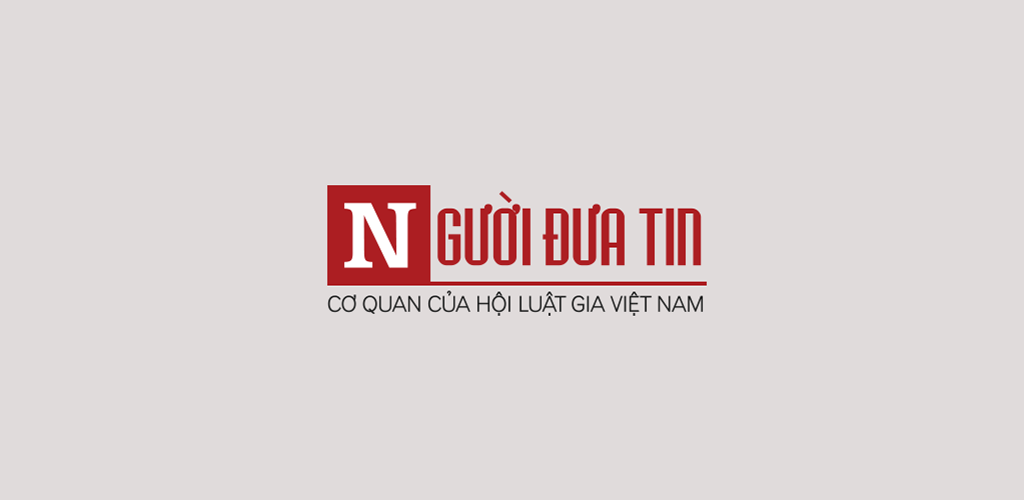


![[Photo] Visiting Cu Chi Tunnels - a heroic underground feat](https://vstatic.vietnam.vn/vietnam/resource/IMAGE/2025/4/8/06cb489403514b878768dd7262daba0b)



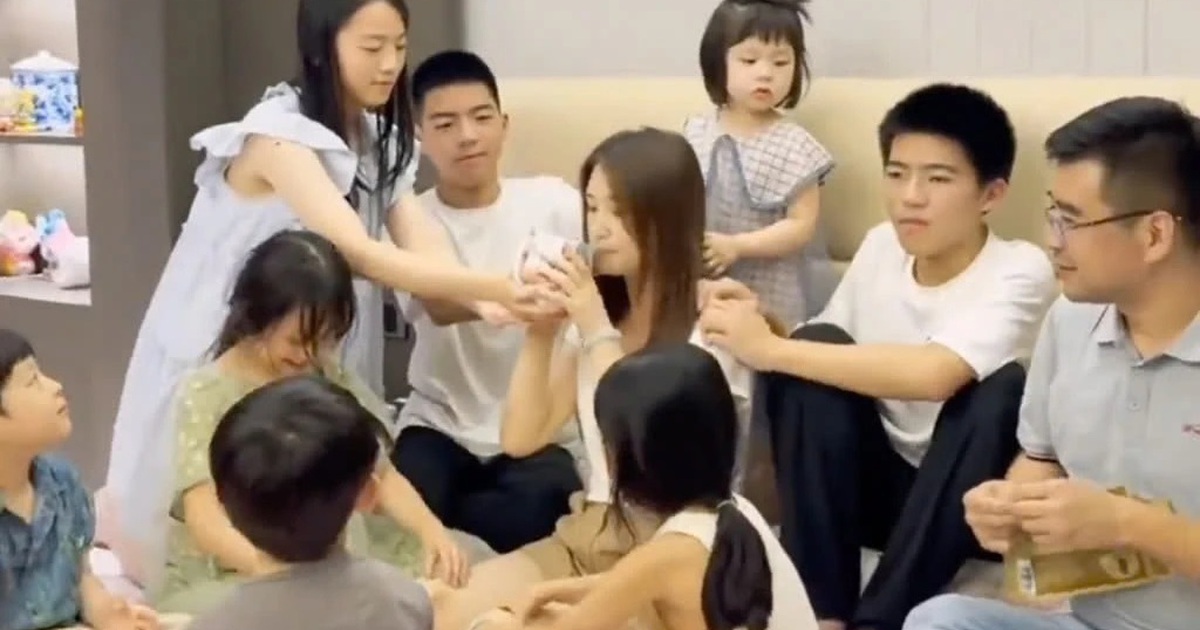

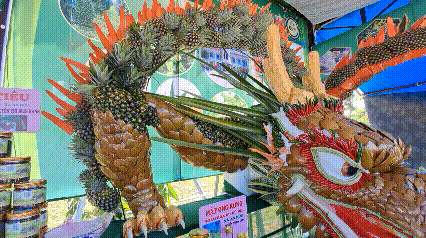

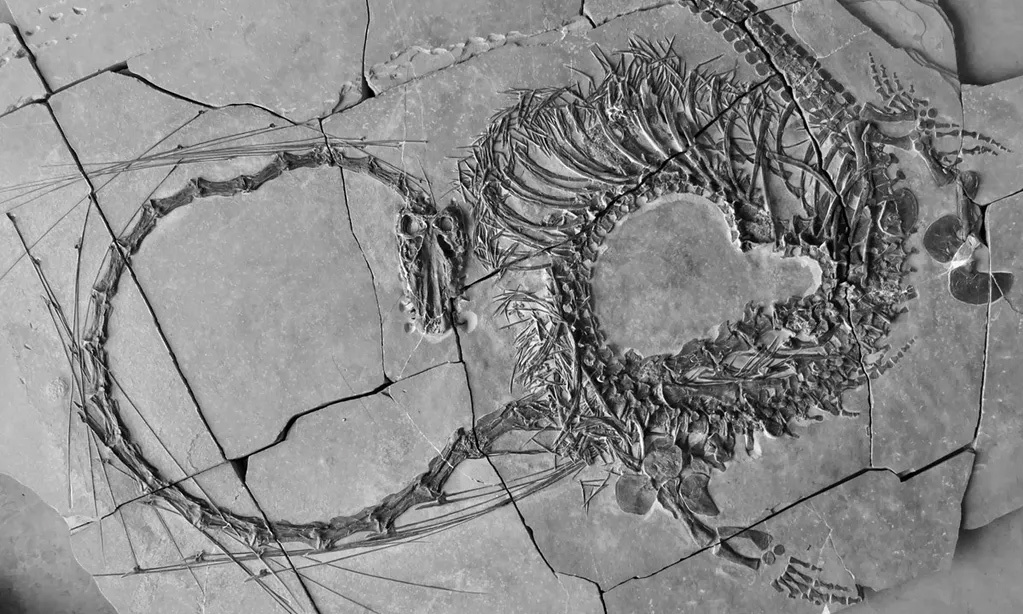

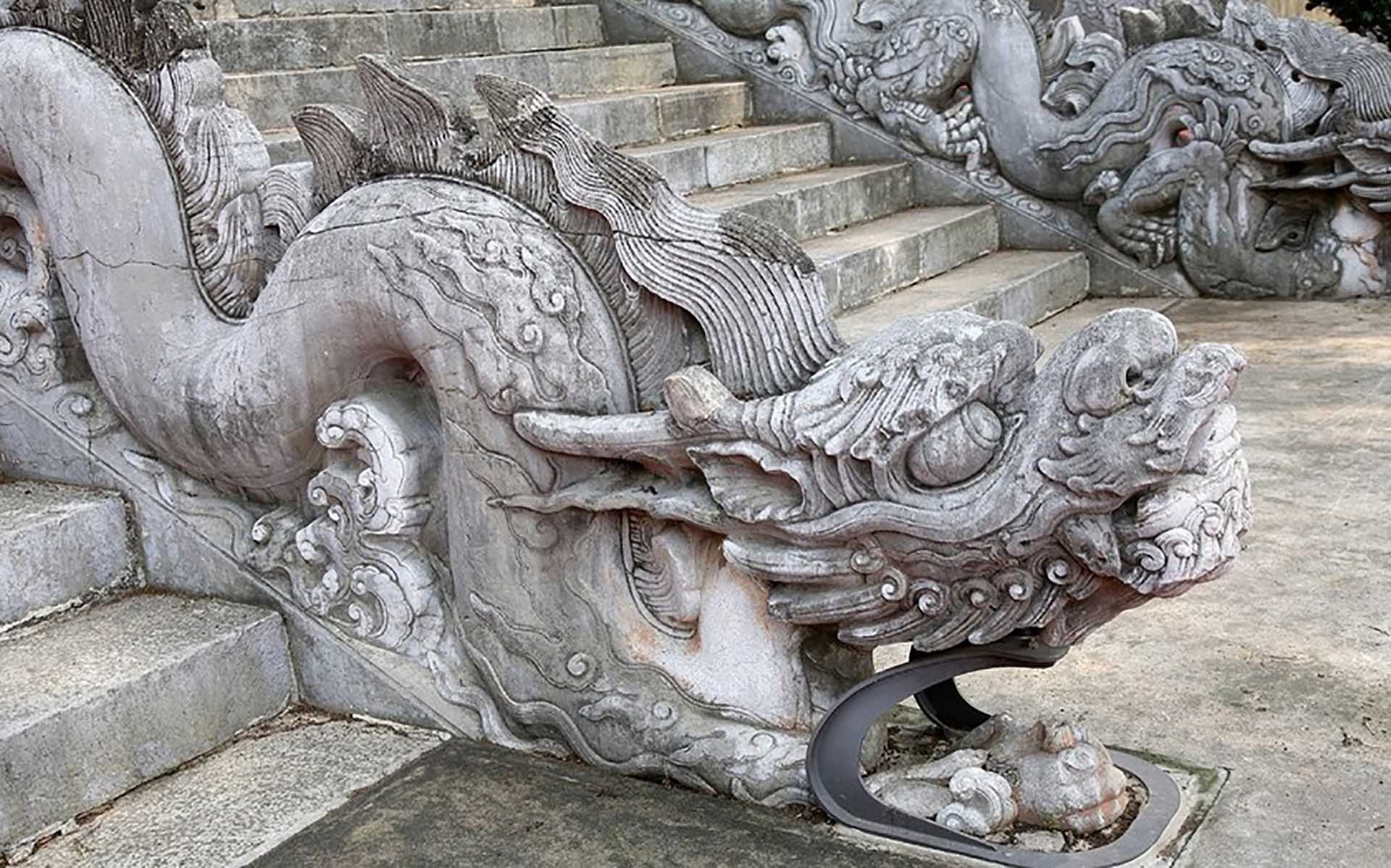

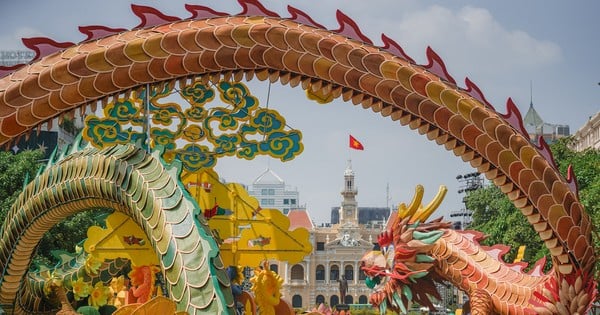
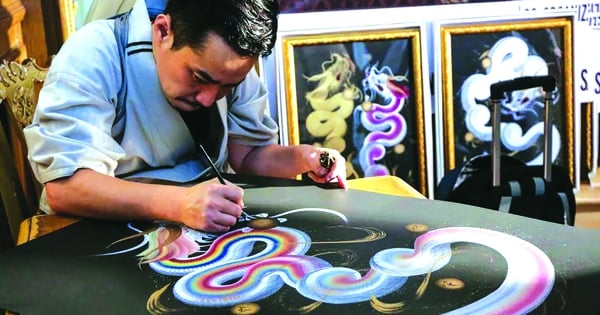

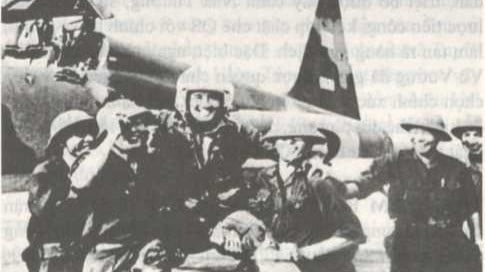
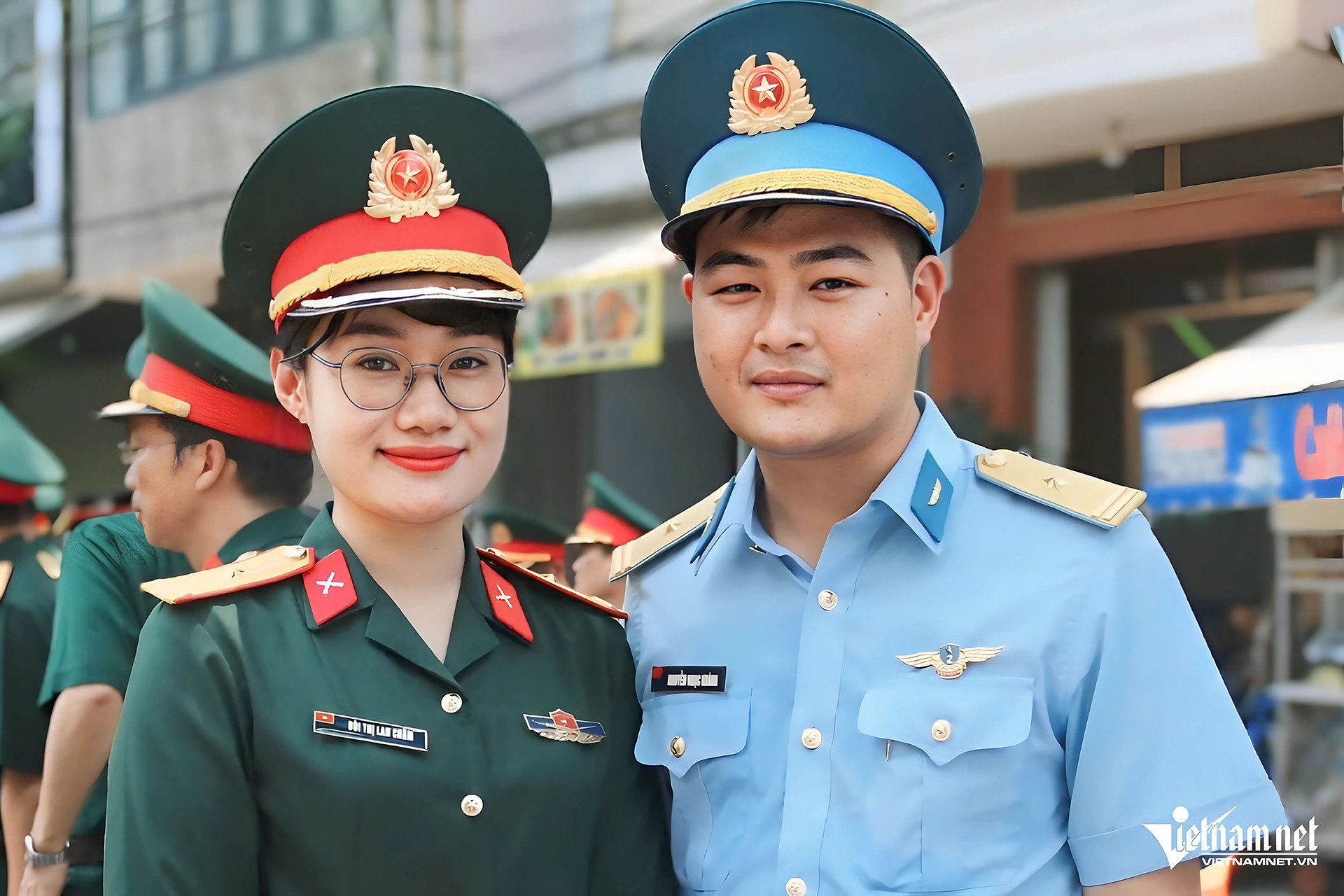
![[Infographic] Cu Chi Tunnels - Underground Village](https://vstatic.vietnam.vn/vietnam/resource/IMAGE/2025/4/8/d69d9caa3f89479c809867b18bacfefb)

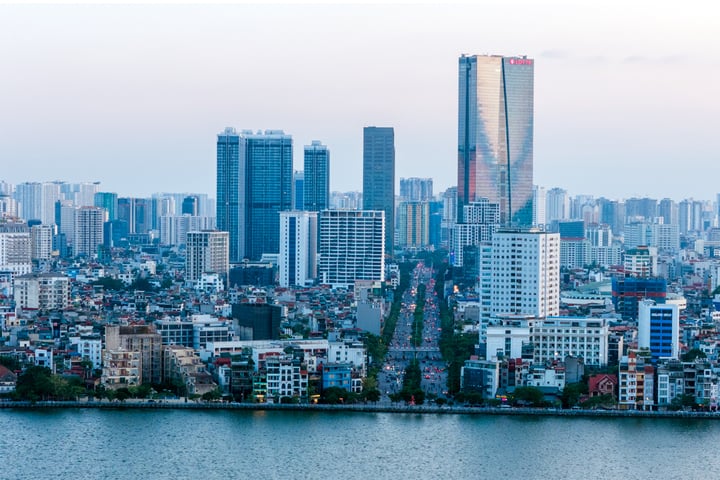
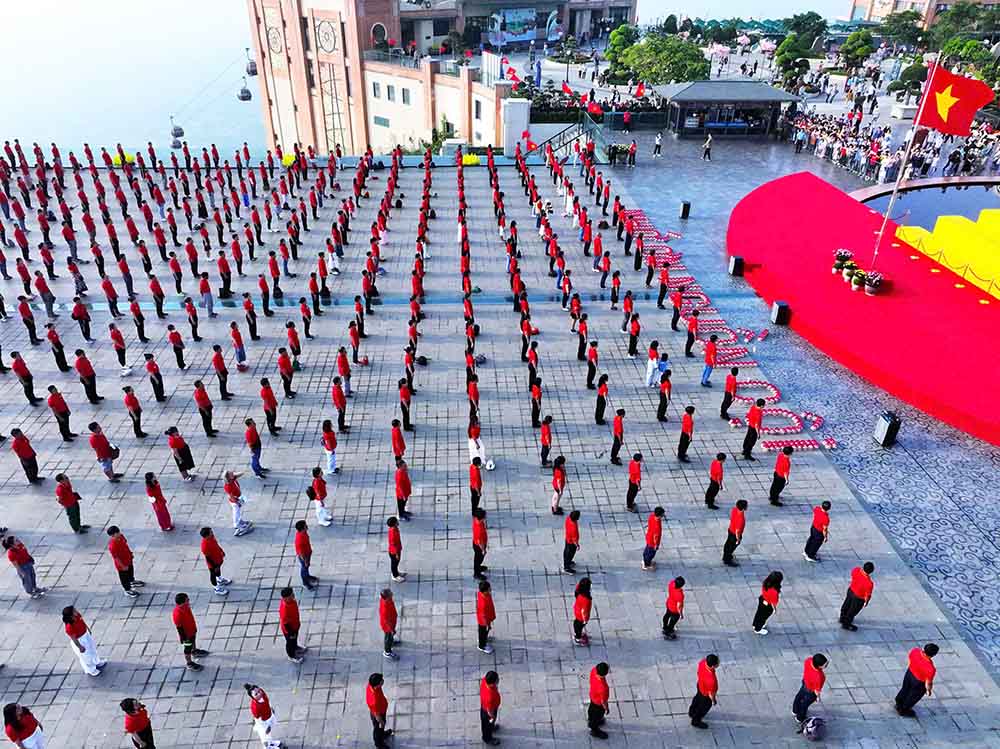

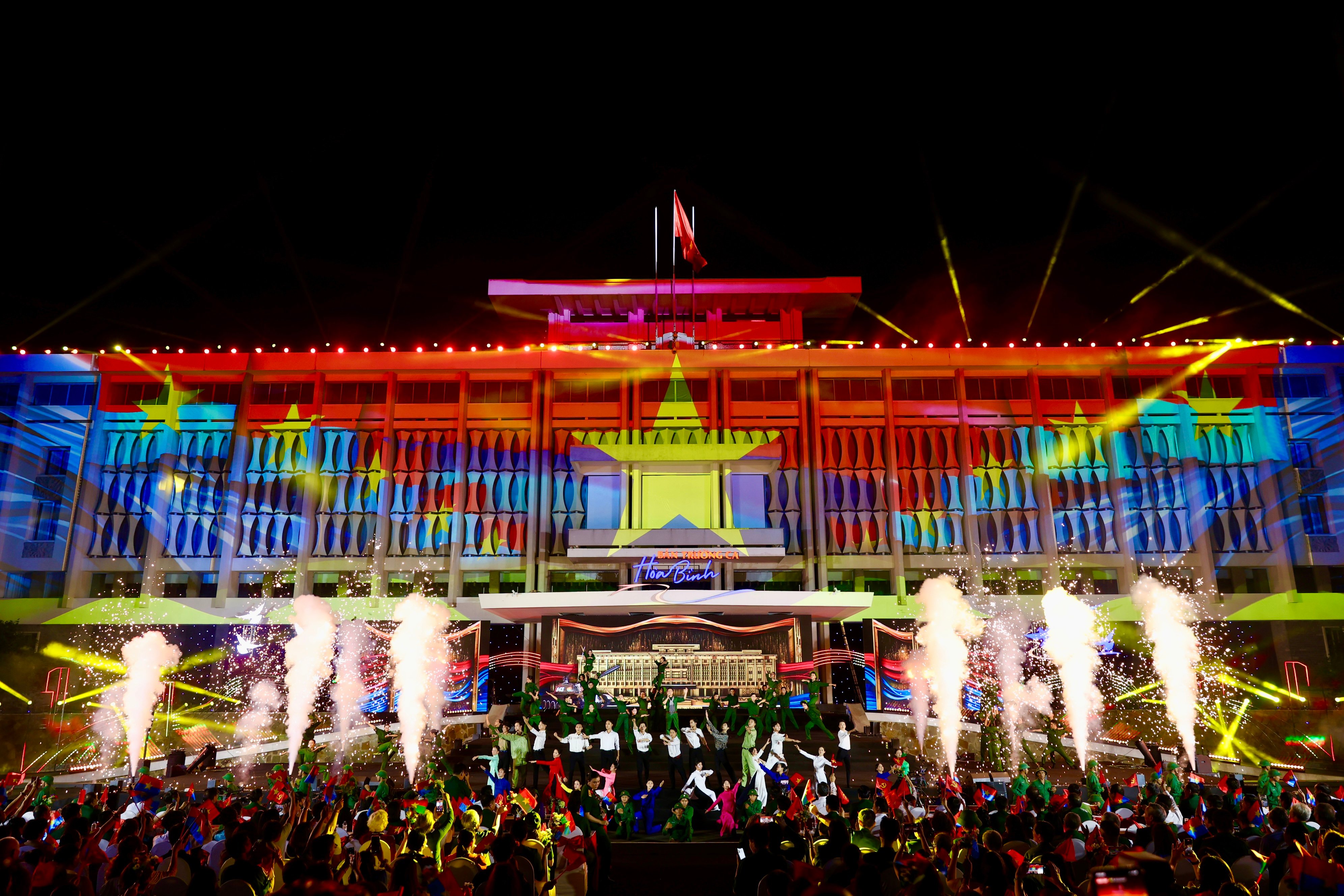

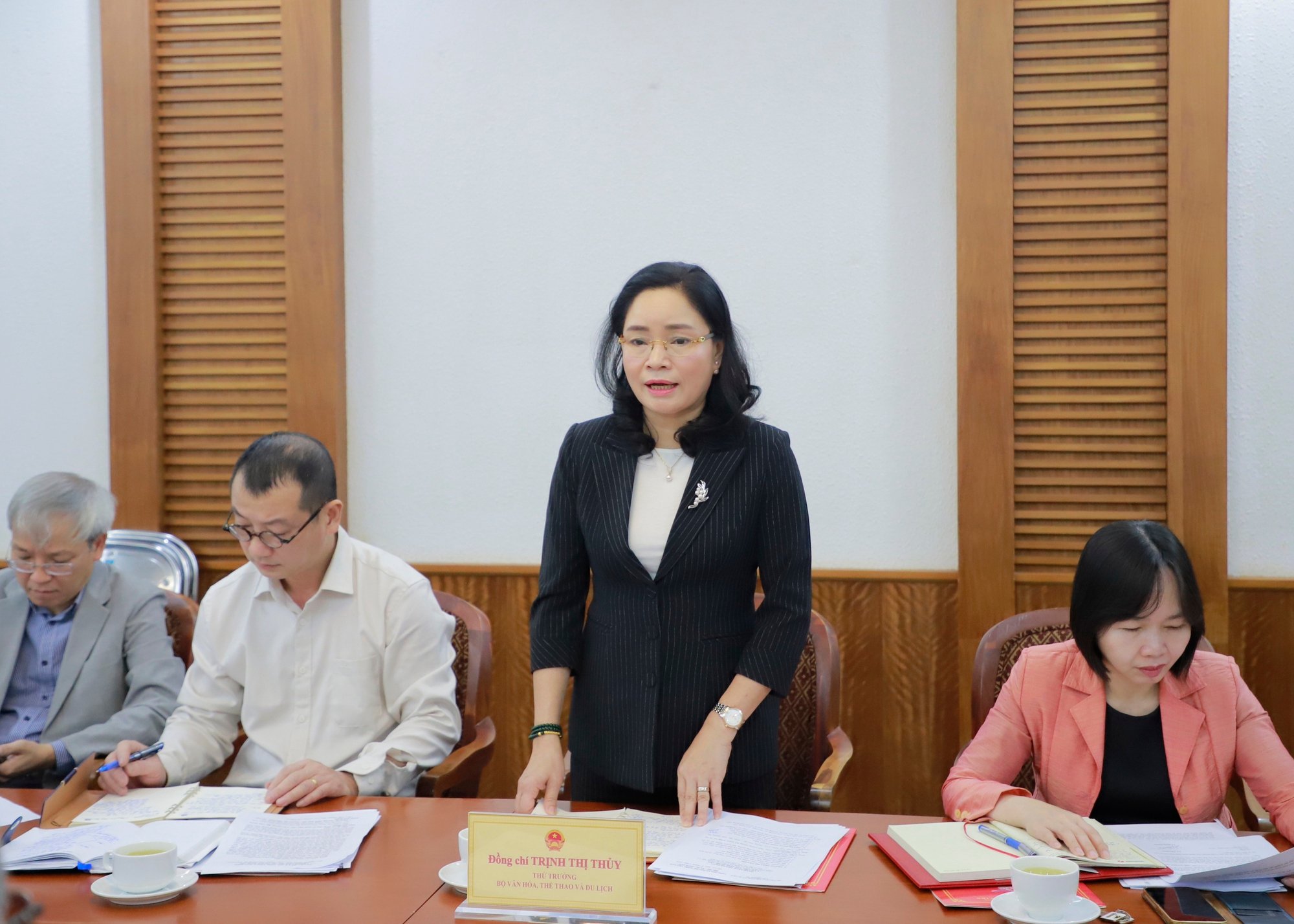
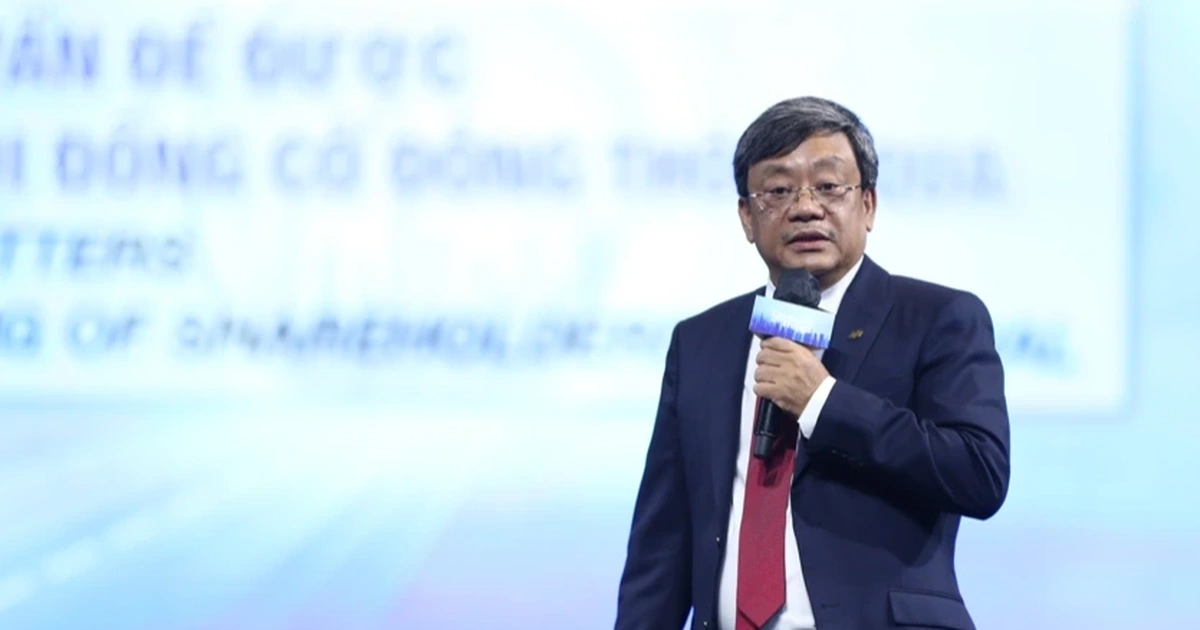

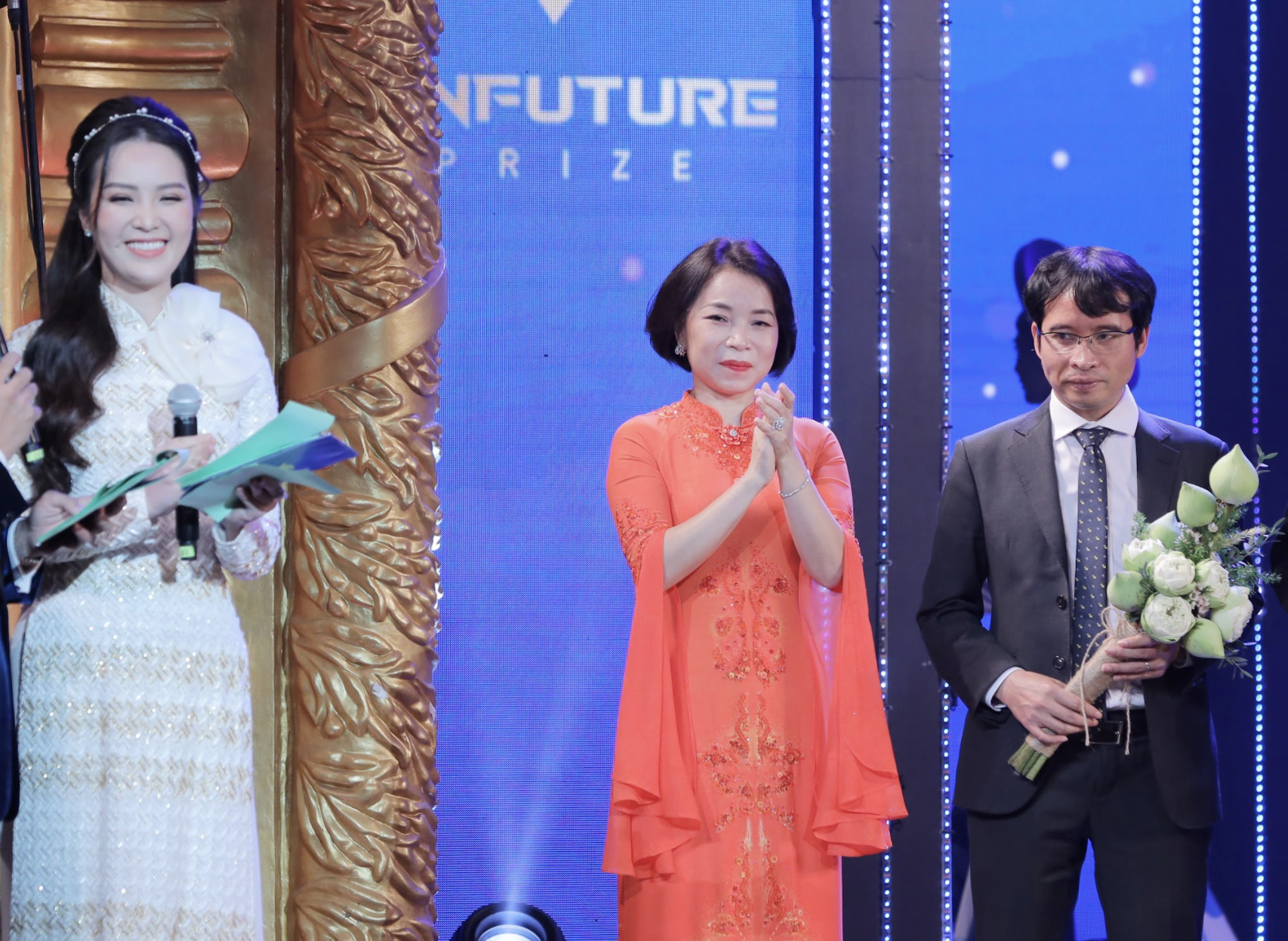

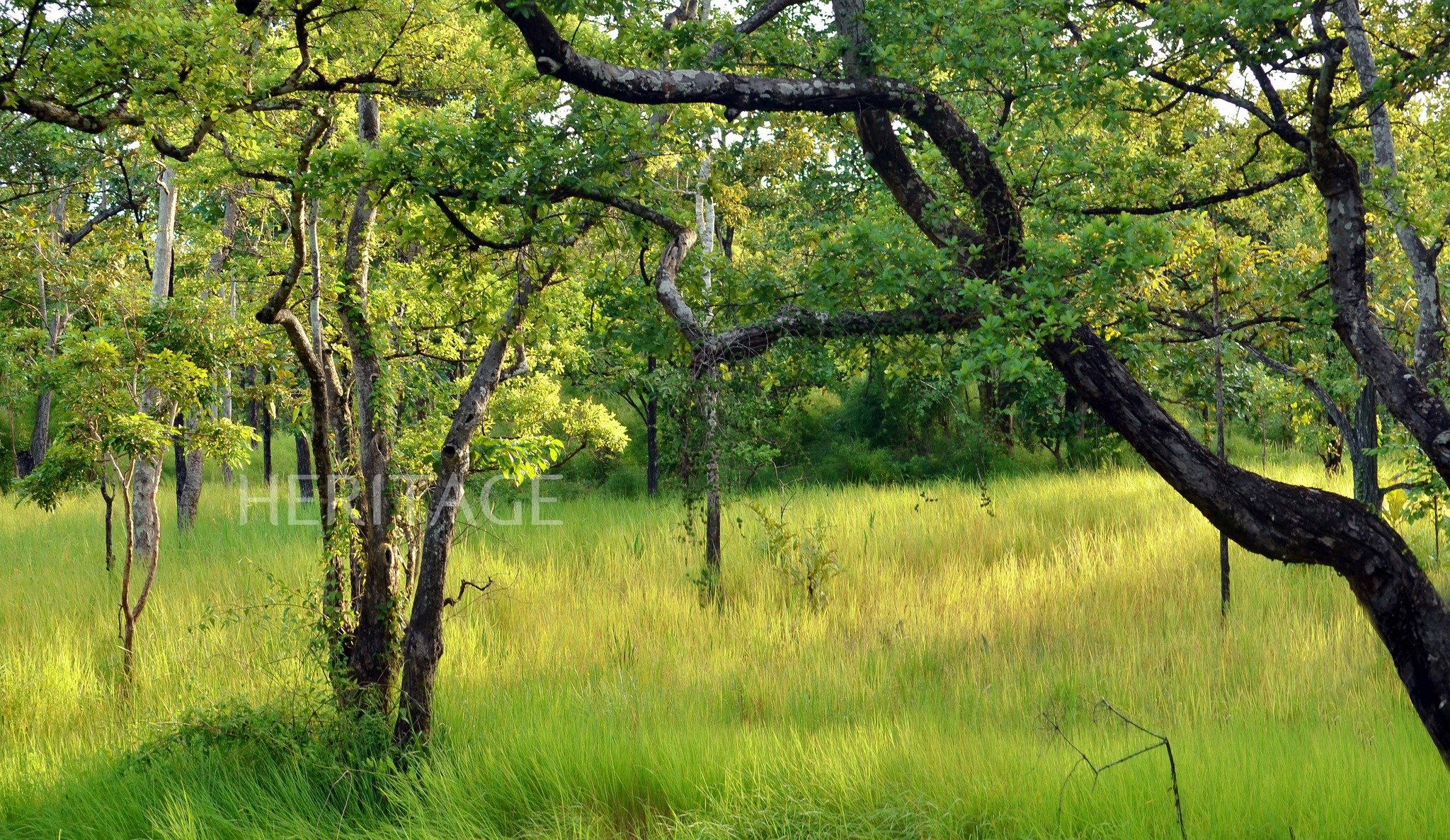

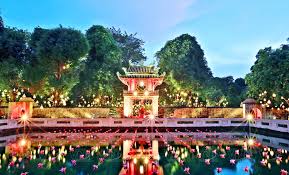

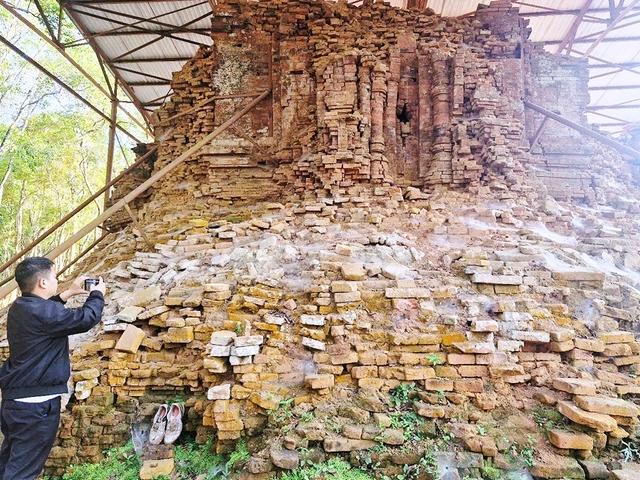


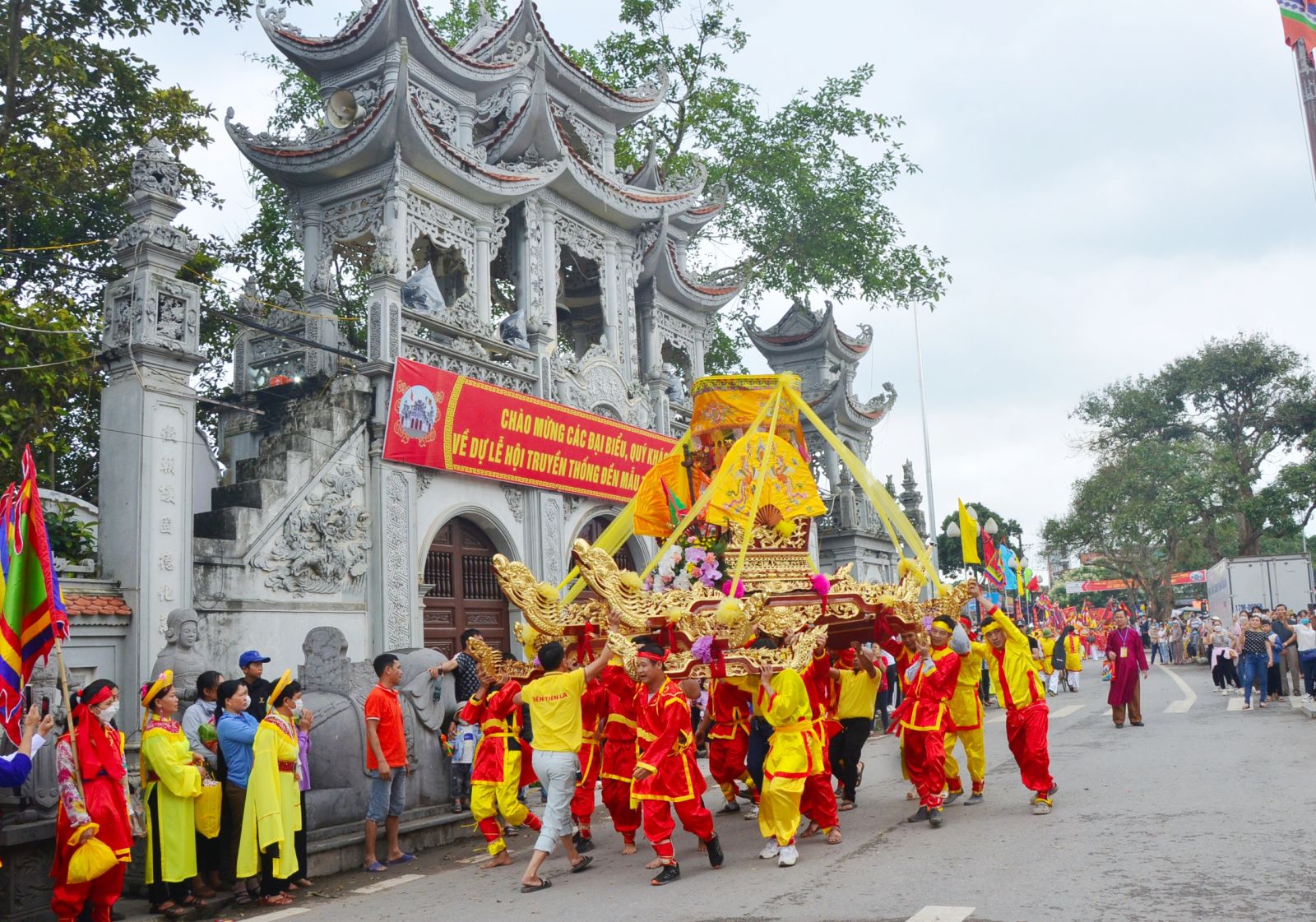

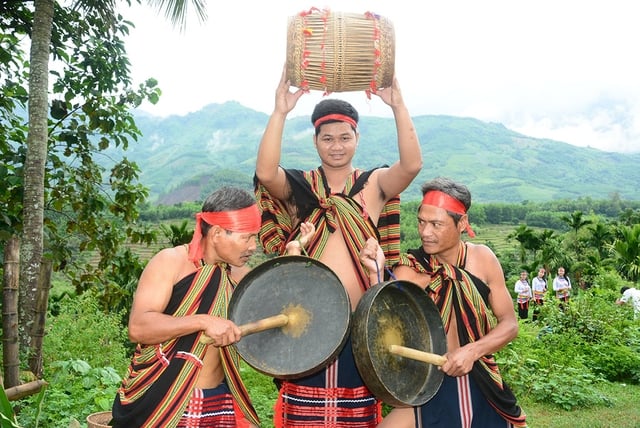

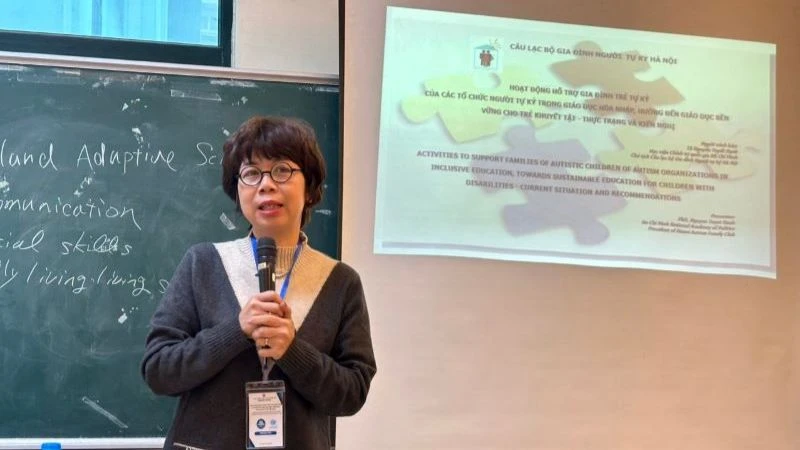



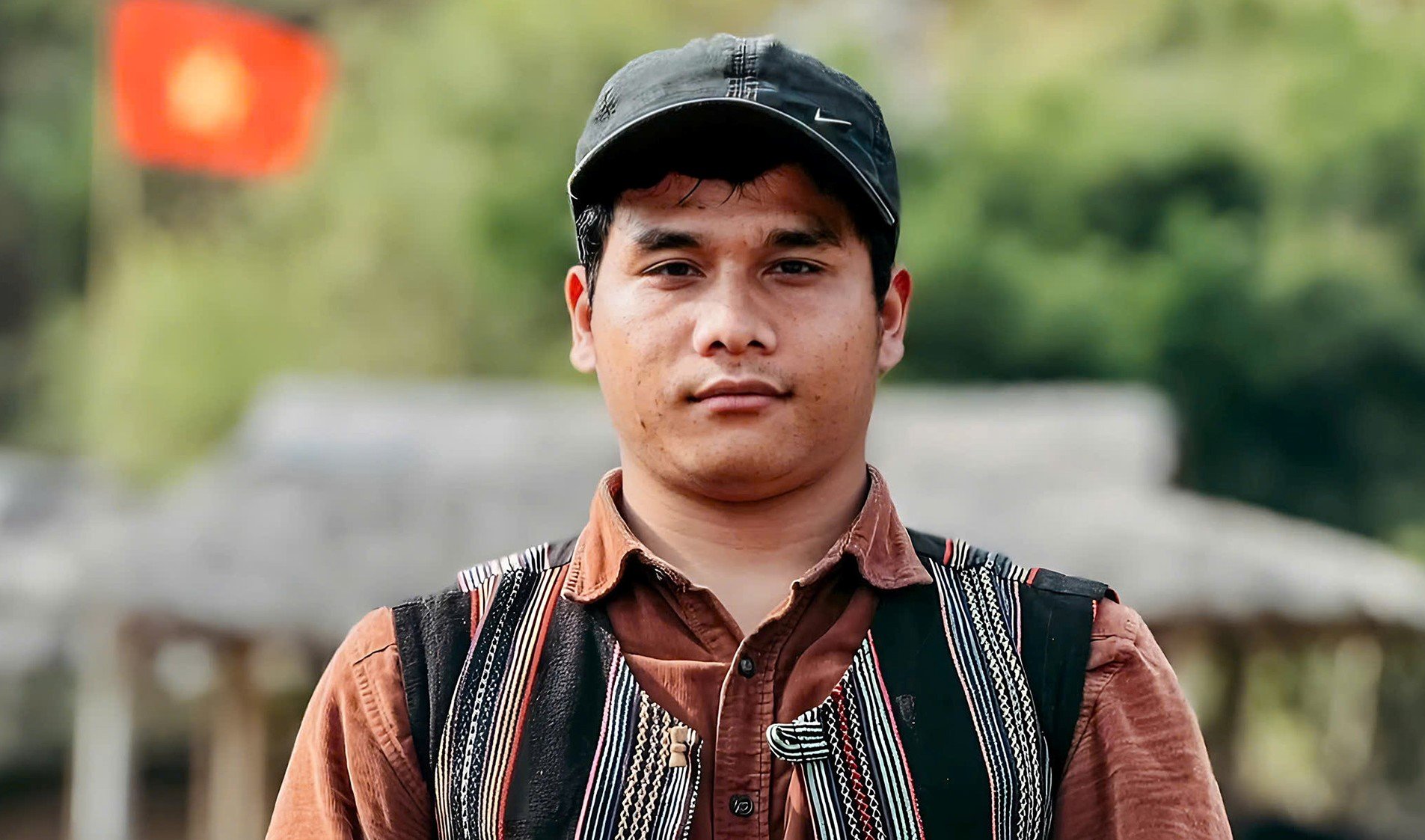

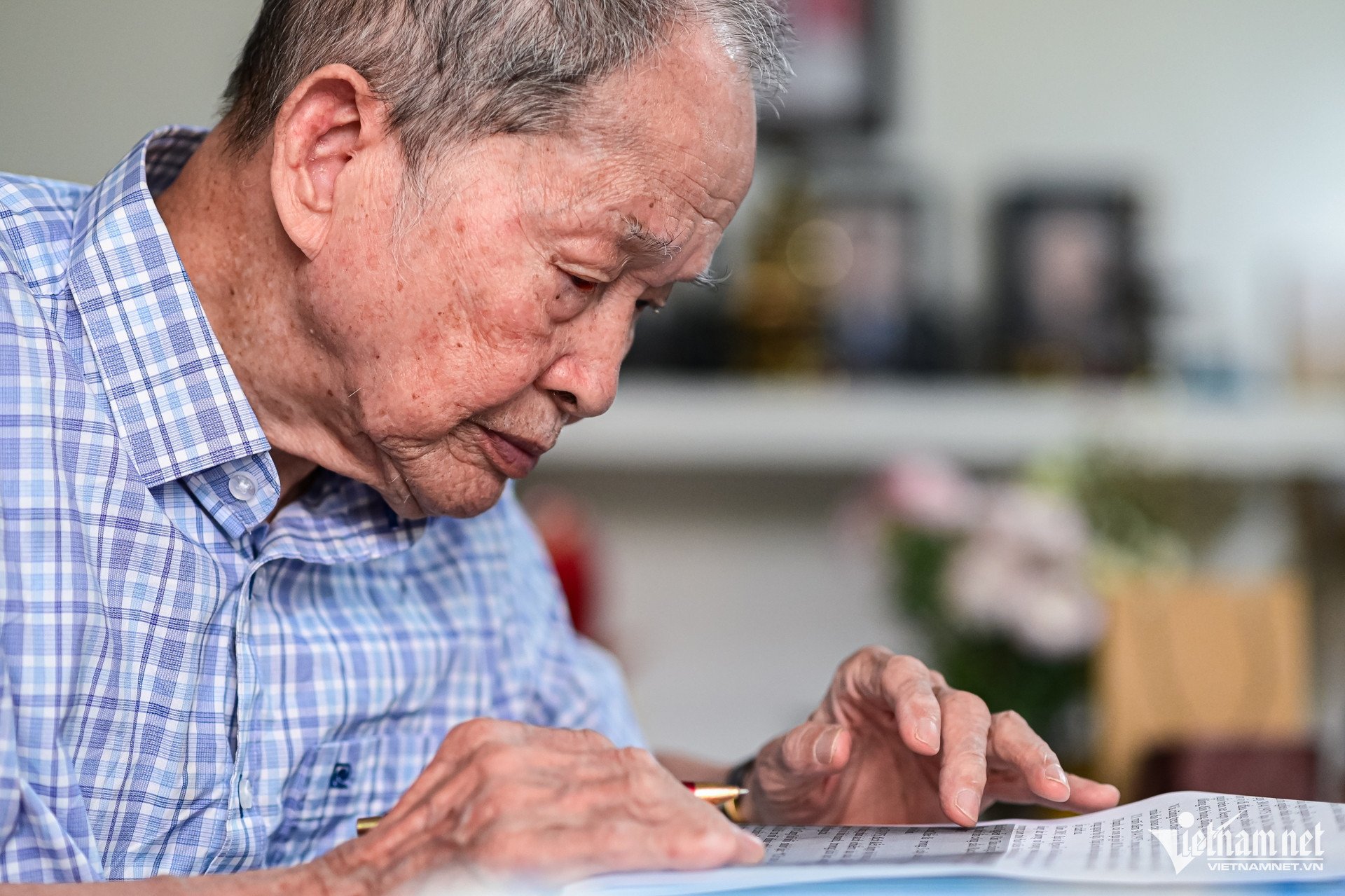


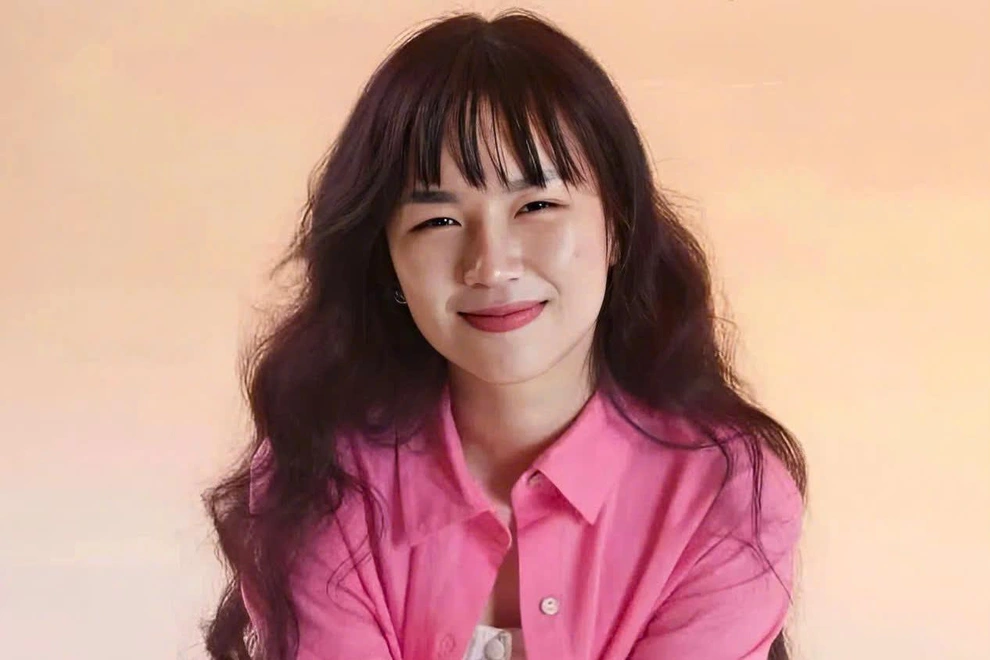
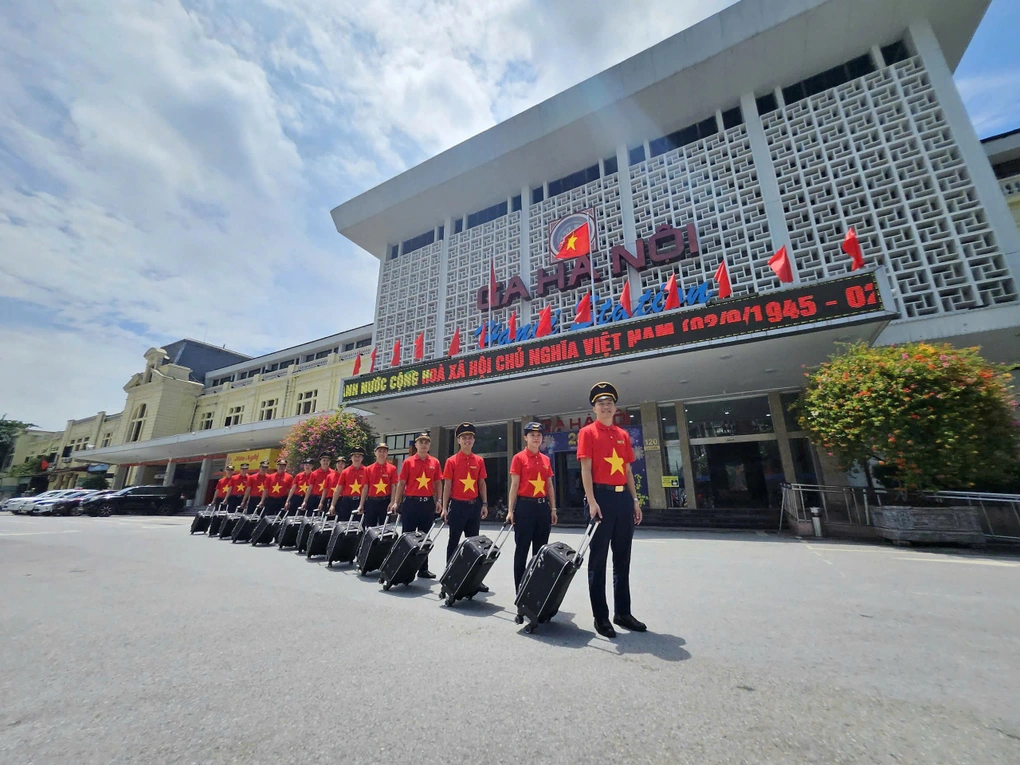



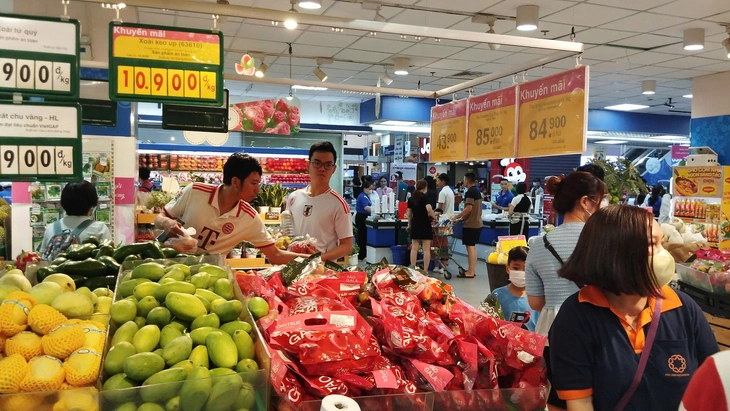

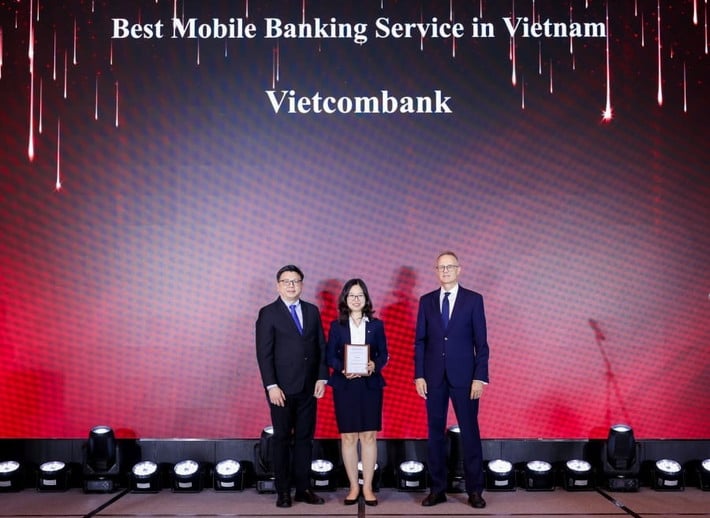

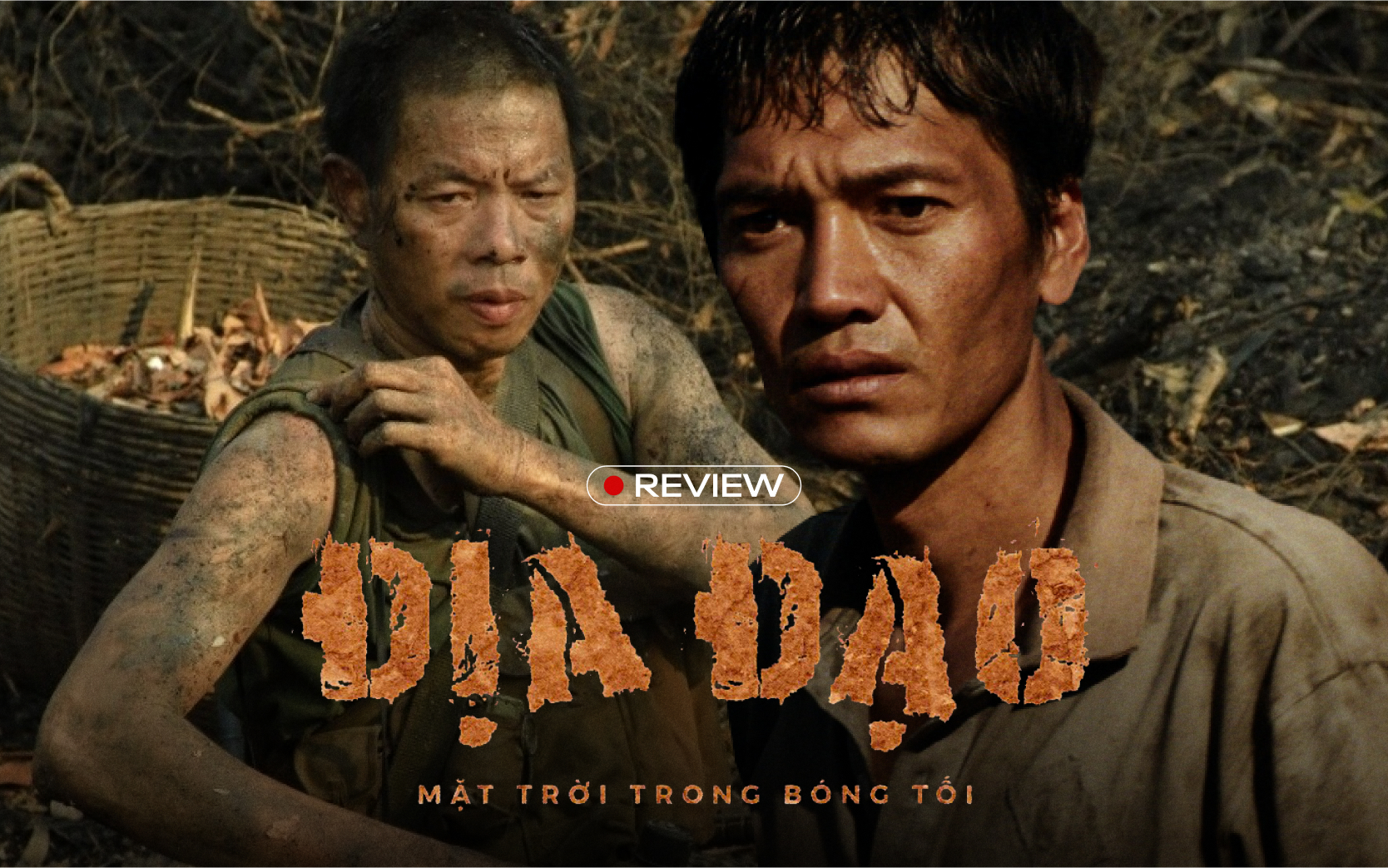


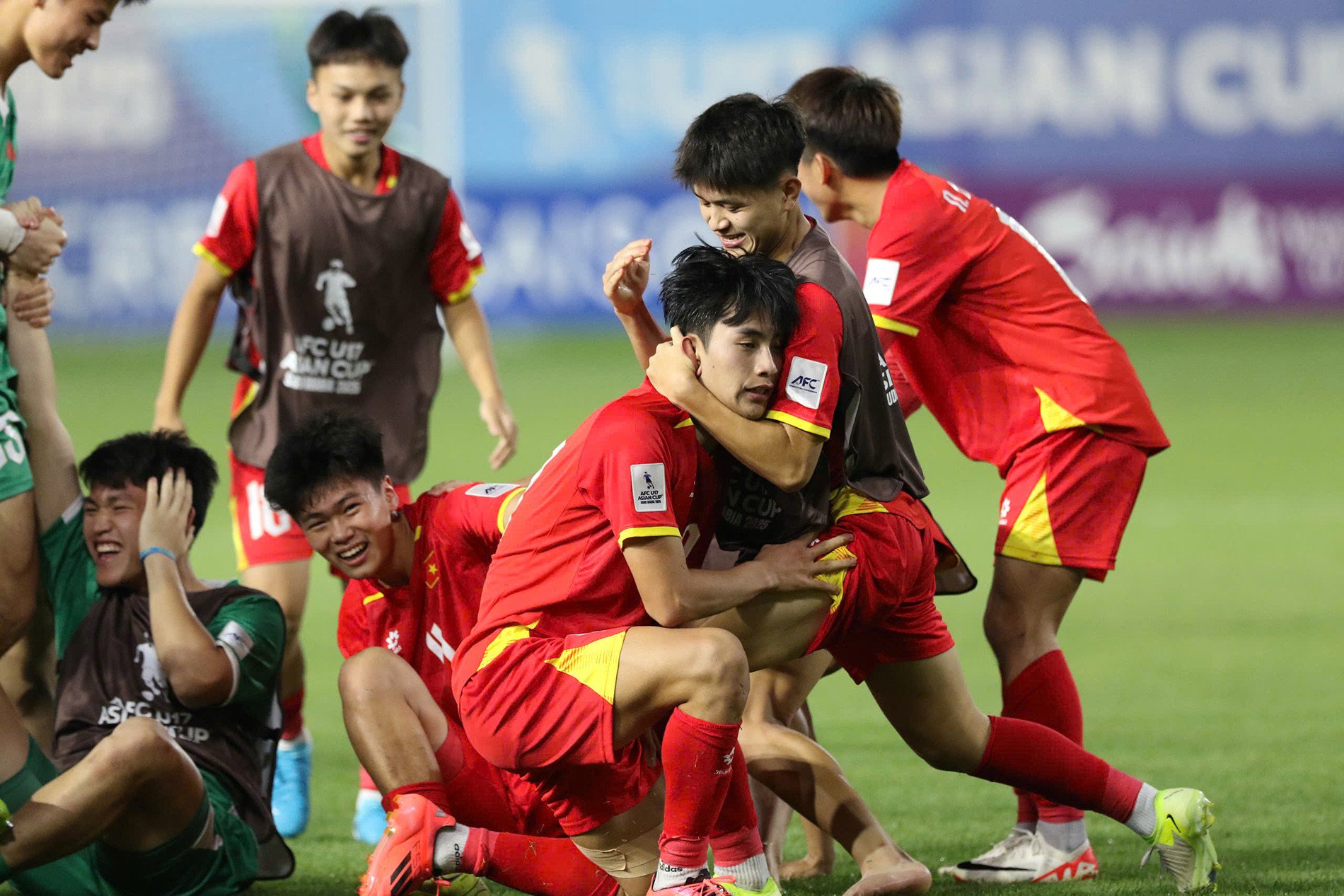










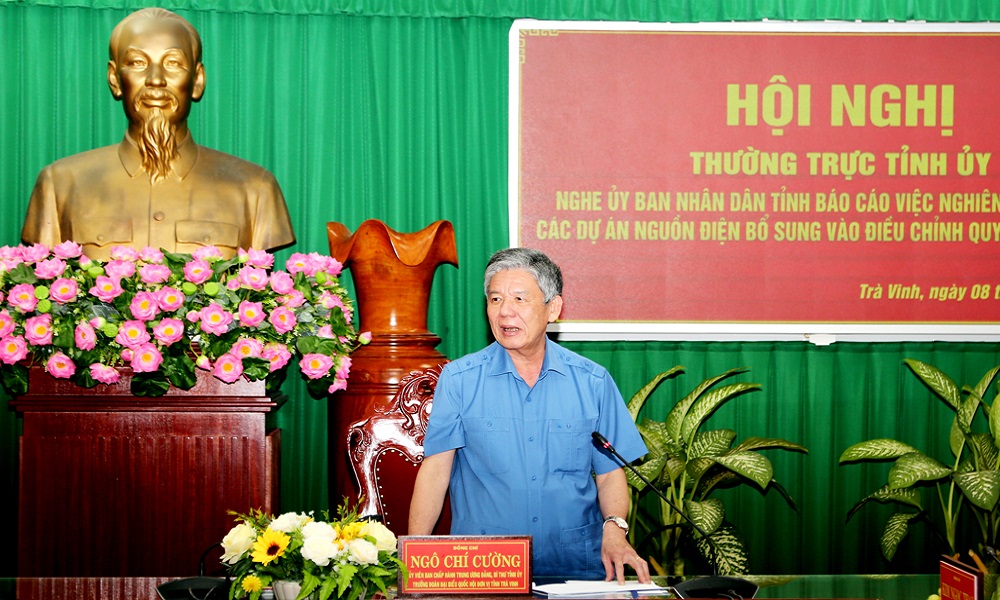
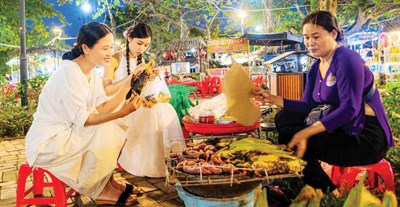
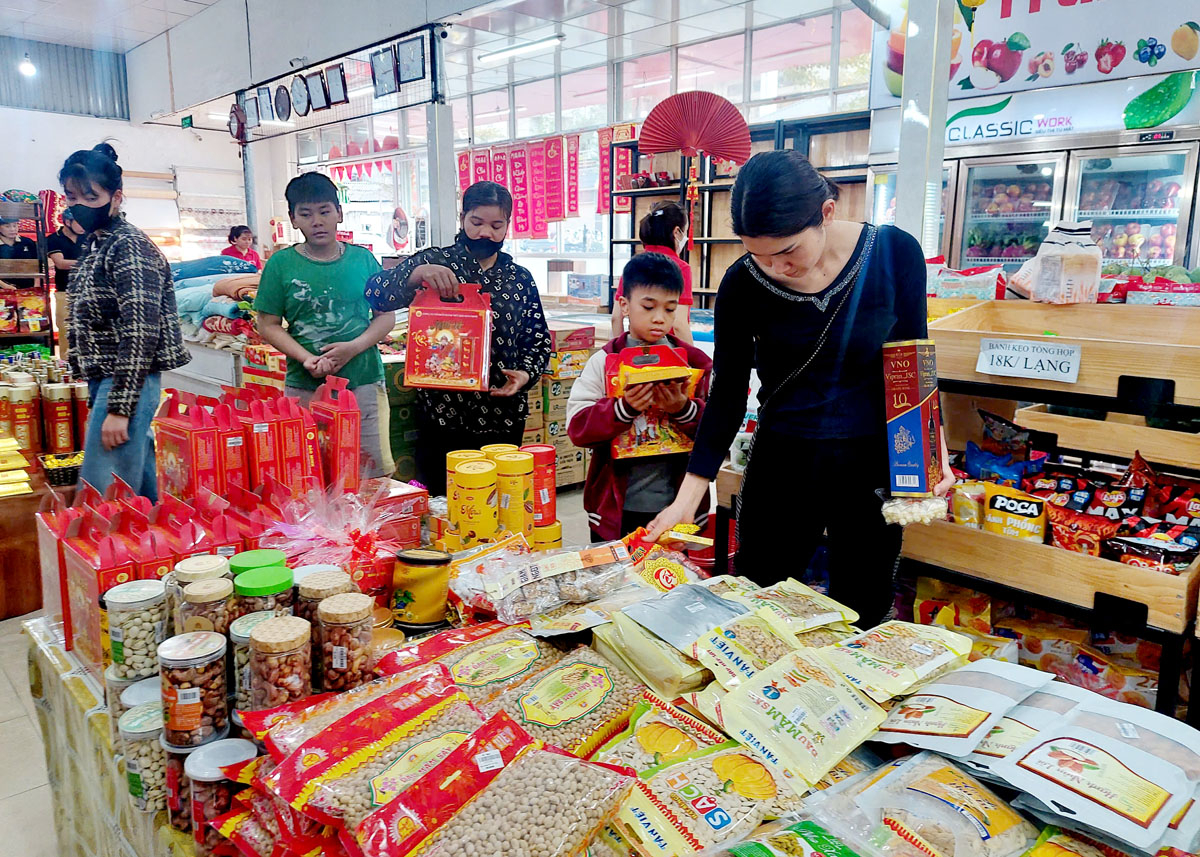
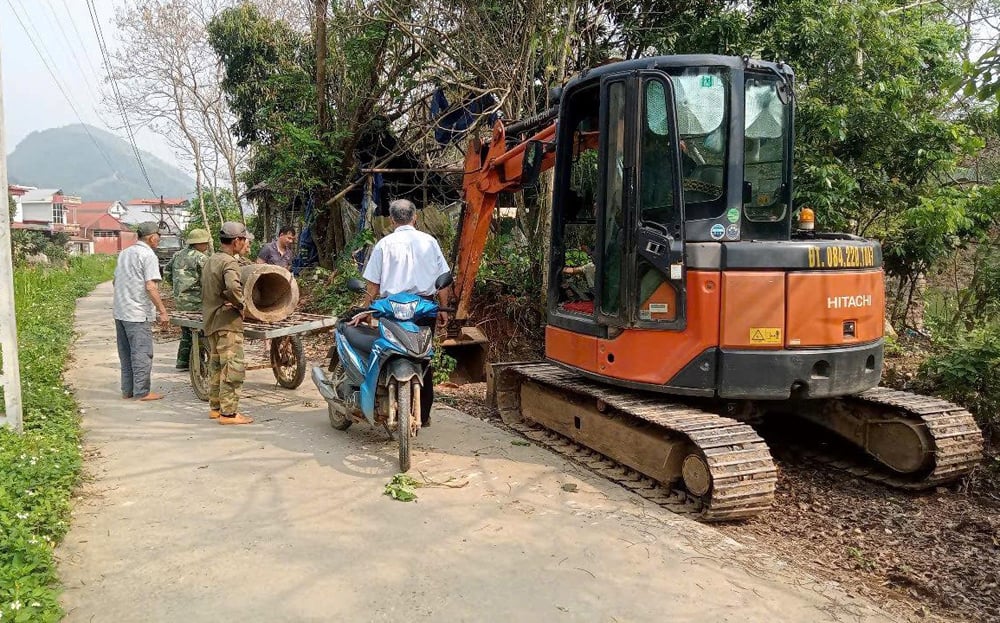





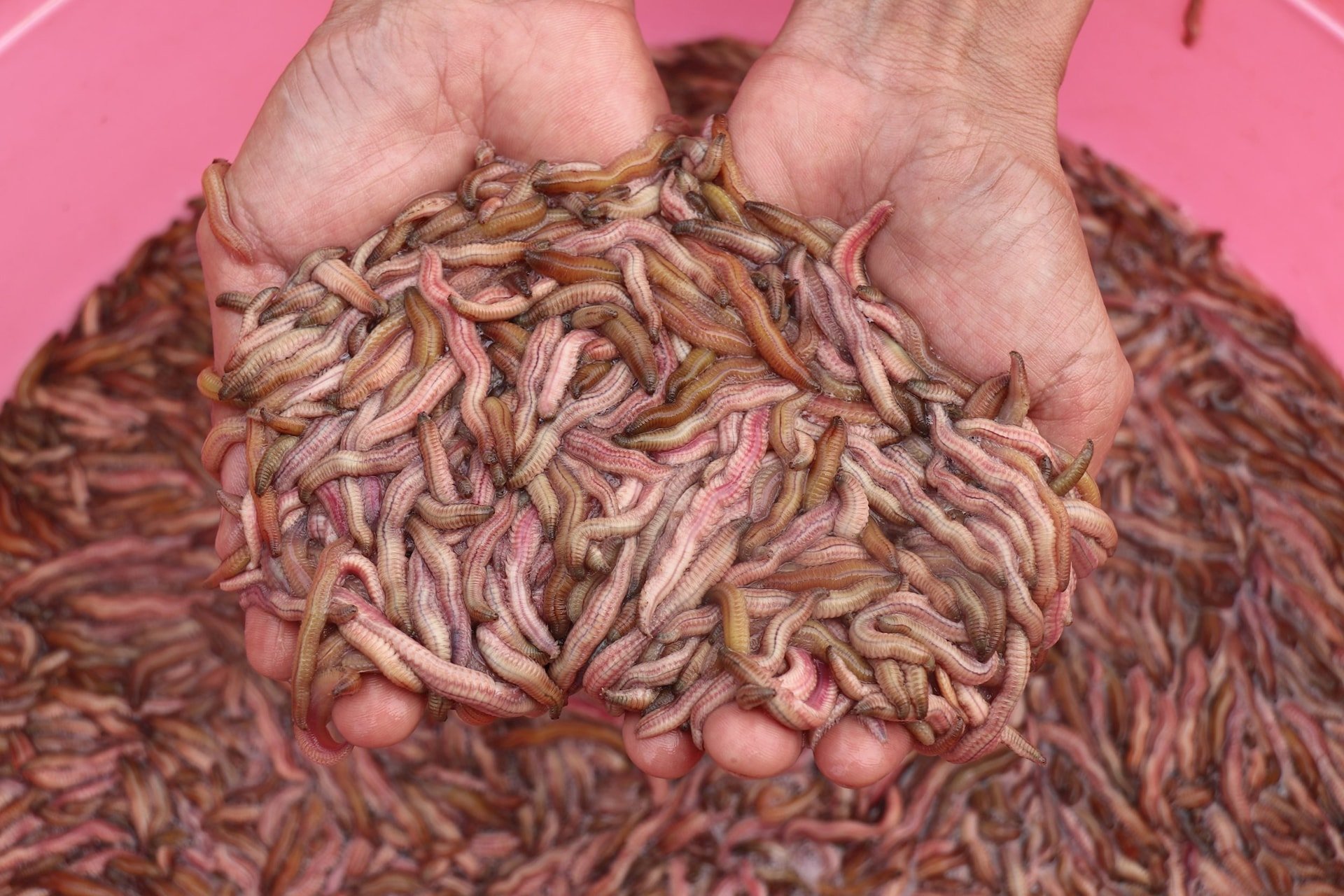
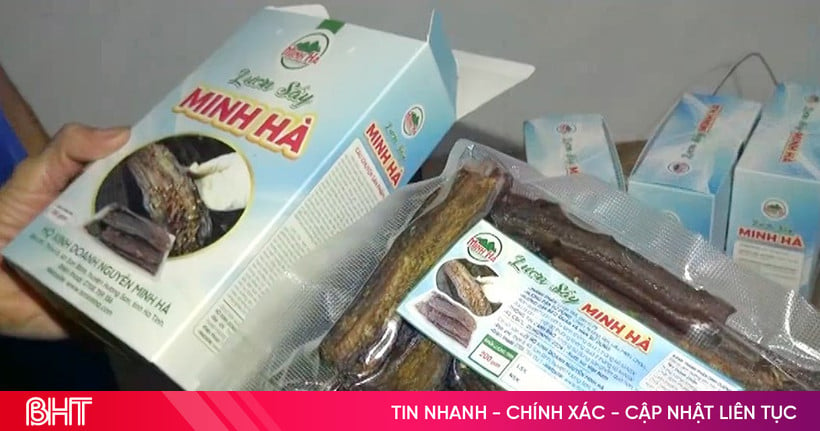

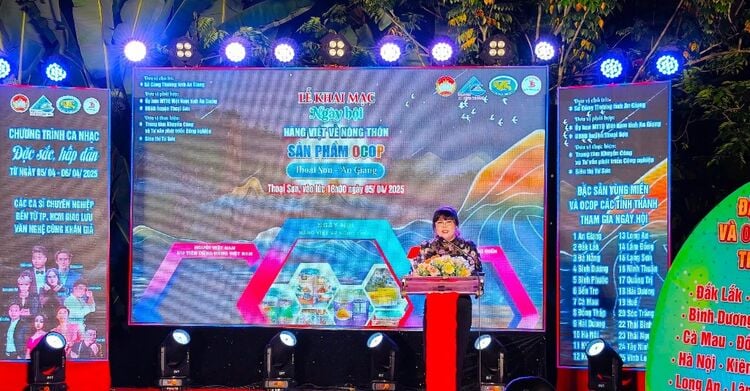

Comment (0)